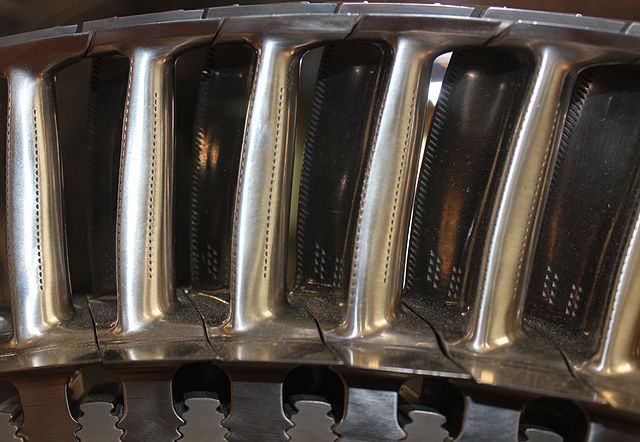The Rolls-Royce Trent 7000 is a high-bypass turbofan engine produced by Rolls-Royce, an iteration of the Trent family powering exclusively the Airbus A330neo.
Announced on 14 July 2014, it first ran on 27 November 2015.
It made its first flight on 19 October 2017 aboard on the A330neo.
It received its EASA type certification on 20 July 2018 as a Trent 1000 variant.
It was first delivered on 26 November,
and was cleared for ETOPS 330 by 20 December.
Compared to the A330's Trent 700, the 68,000–72,000 lbf (300–320 kN) engine doubles the bypass ratio to 10:1 and halves emitted noise. Pressure ratio is increased to 50:1, and it has a 112 in (280 cm) fan and a bleed air system.
Fuel consumption is improved by 11%.
Rolls-Royce Trent 7000
Testing at the Arnold Air Force Base in February 2016
Trent 7000 on an Airbus A330neo
The Rolls-Royce Trent is a family of high-bypass turbofans produced by Rolls-Royce.
It continues the three spool architecture of the RB211 with a maximum thrust ranging from 61,900 to 97,000 lbf .
Launched as the RB-211-524L in June 1988, the prototype first ran in August 1990.
Its first variant is the Trent 700 introduced on the Airbus A330 in March 1995,
then the Trent 800 for the Boeing 777 (1996),
the Trent 500 for the A340 (2002),
the Trent 900 for the A380 (2007),
the Trent 1000 for the Boeing 787 (2011),
the Trent XWB for the A350 (2015),
and the Trent 7000 for the A330neo (2018).
It has also marine and industrial variants like the RR MT30.
Rolls-Royce Trent
Nickel-alloy high pressure turbine blades with cooling holes for use in gas hotter than their melting point
The Trent 700 nacelle on the A330 has an exhaust mixer
Trent 500 on wing, cowlings open







